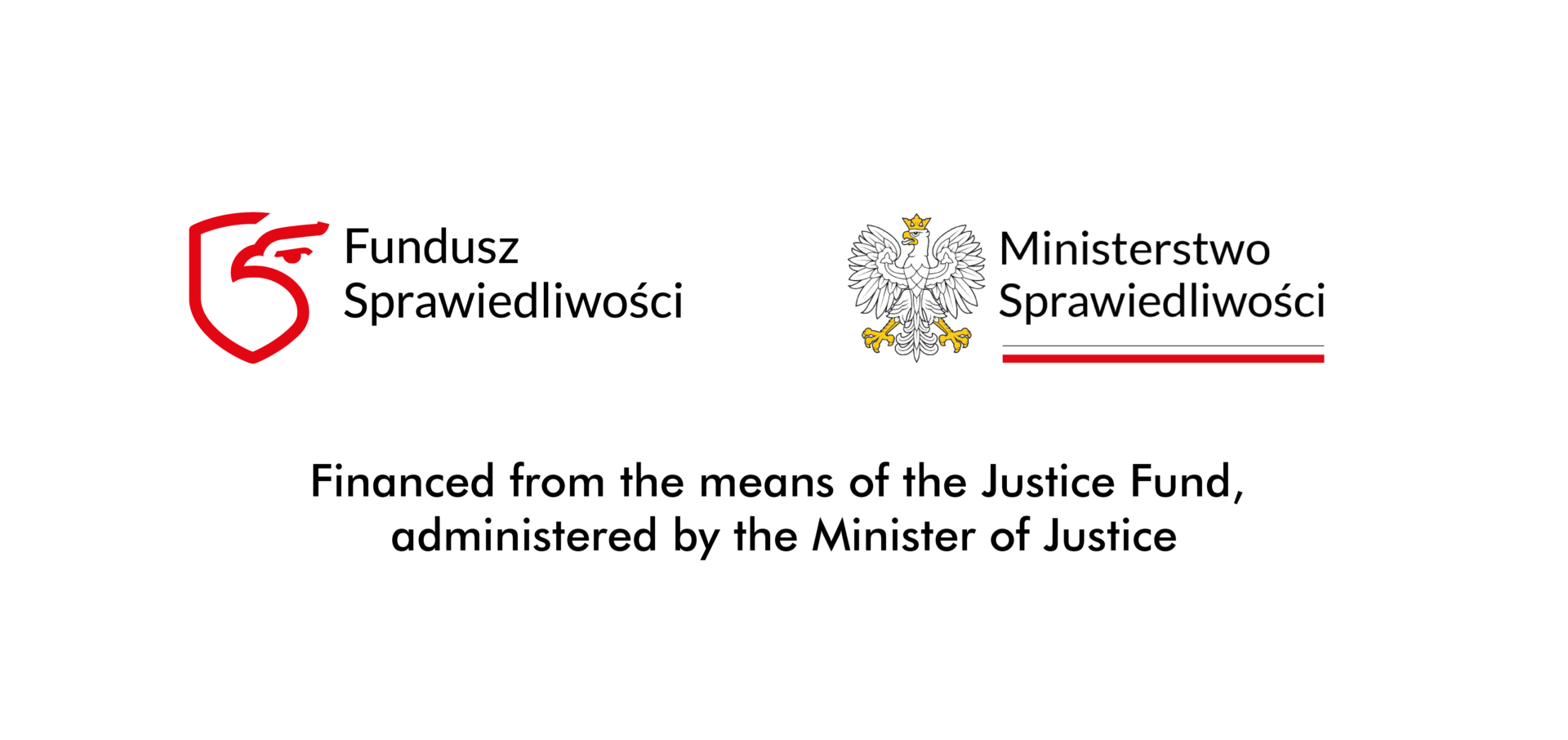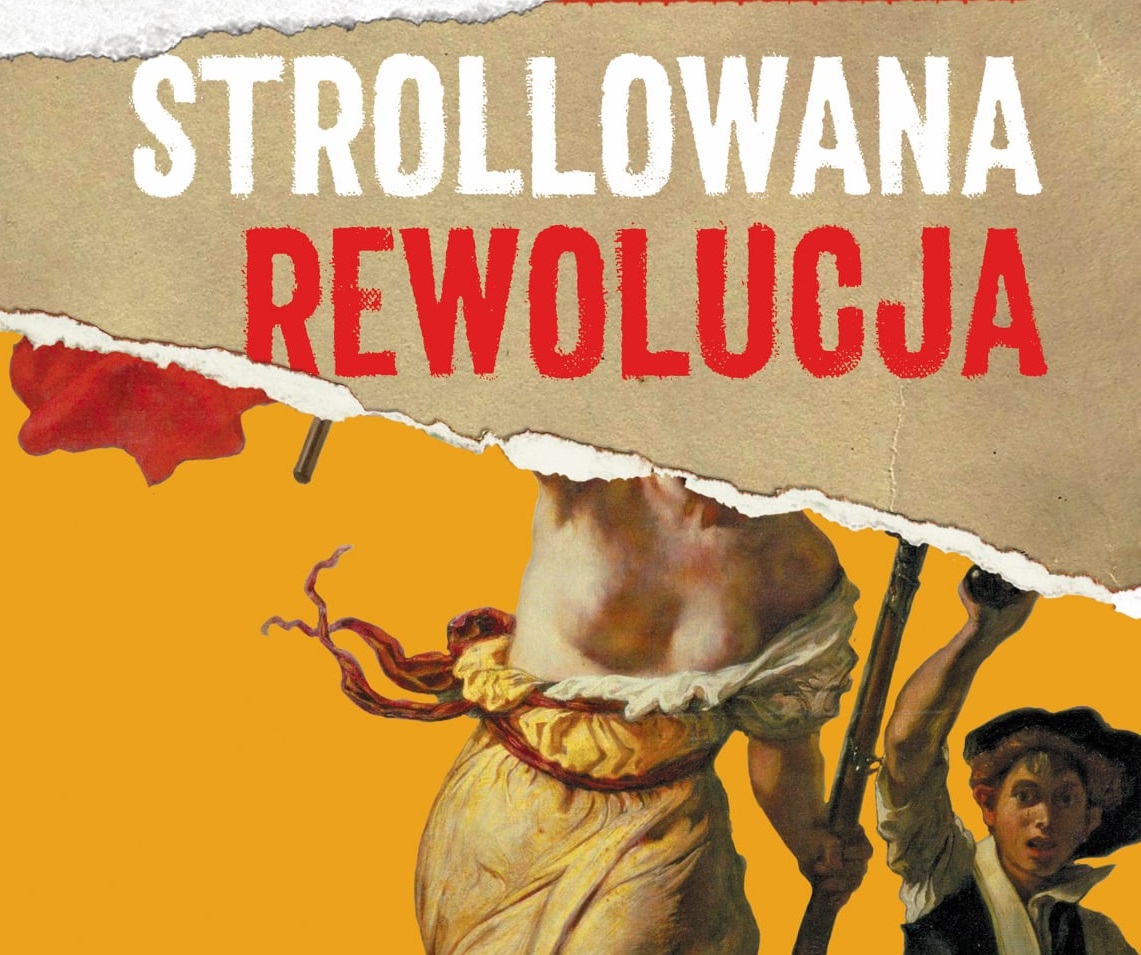The Azeri extermination of Artsakh
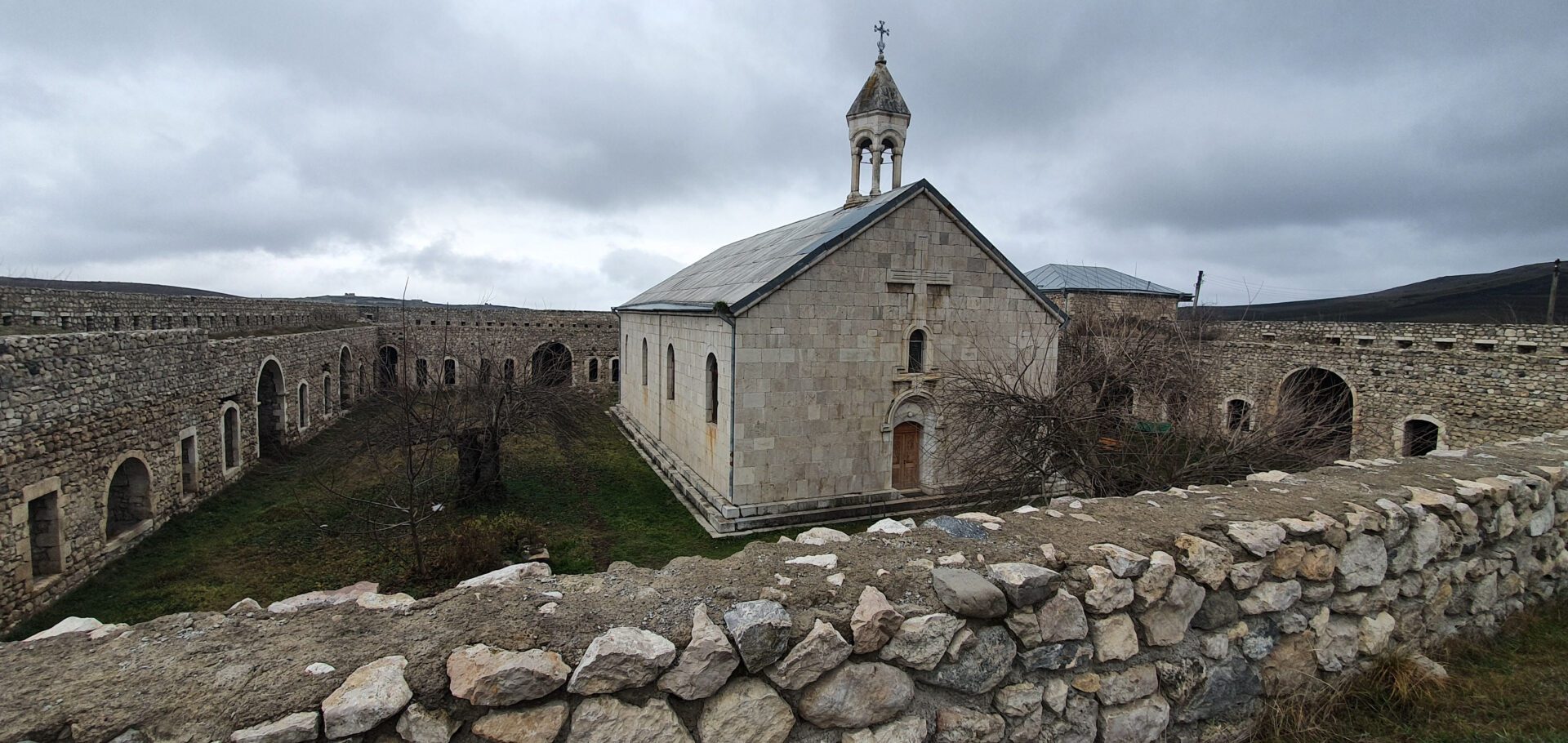
September 2023 will go down in Armenian history as the date of that nation’s greatest tragedy since 1920 – the extermination of Artsakh.
Witold Repetowicz
After Western Armenia and Nakhichevan, this now becomes another historical land of the Armenians from which they have been exiled by pan-Turkish imperialism. Like in 1920, the takeover is a result of arrangements between Turkey and Russia, and there is a still greater threat hanging over Armenia: the occupation of Syunik.
On 28 September, the president of the Republic of Artsakh, Samvel Shahramanyan, elected to that post a mere 18 days earlier, signed a document on the liquidation of that internationally unrecognized state with effect from January 1, 2024.
Artsakh is the historical Armenian name of Nagorno-Karabakh. It was what these lands were called in antiquity, when Armenia was blossoming as an empire under Tigranes the Great. The historical name was restored by the authorities of Nagorno-Karabakh in 2017. The humiliating act of liquidation was signed in order to enable the population to leave freely (although even that does not apply to everyone), as Artsakh has been surrounded by Azerbaijani forces since December 2022. It happened with the approval of Russia, even though the understanding signed in November 2020 to end the 44-Day War laid down that Russian peacekeeping troops would guarantee the security of Armenians in Artsakh.
In just a few days, more than 100,000 people left Artsakh – almost its entire population. They had no choice, since no Armenian could feel safe in a country where not only is hatred toward Armenians the norm, but power is held by one of the most absolute totalitarian regimes. Azerbaijan is ruled by the Aliyev dynasty, established by the current president’s father.
Heydar Aliyev began his career back in the 1940s in the NKVD, and later served for many years as head of the KGB in Azerbaijan, before becoming leader of the Azerbaijani Soviet Republic and then Deputy Premier of the USSR. Removed from power during Gorbachev’s perestroika era, he returned as “father of the nation” after Azerbaijan proclaimed its independence. His Moscow-educated son Ilham inherited power in accordance with Asian principles of “republican” despotism, and in 2017 made his own wife Mehriban vice-president. According to international reports, standards of human rights and media freedom in Azerbaijan are among the lowest in the world.
It is therefore hard for the Armenians to believe that the Aliyev regime would provide guarantees of their protection from ethnic, political and religious oppression, given that the Azeris themselves cannot expect their basic rights to be respected.
Incidentally, over a dozen Azerbaijani dissidents have been imprisoned for protesting their country’s aggression against the Armenian lands. The great majority of Azeris, however, have soaked up the nationalist ideology, whose integral elements include hatred for Armenians, praise for crimes committed against them, and denial of the right of Armenia to exist as a state. Even nursery school children are taught that an Armenian is an enemy who ought to be killed.
Azerbaijan’s authorities, when beginning the operation to take control of Artsakh, in turn issued a highly cynical communiqué in which on the one hand they “encouraged” the people of the region to remain and help create a “multi-ethnic Azerbaijan,” while on the other hand threatening to prosecute anyone who acted to the detriment of Azerbaijan. It may be doubted whether a single Armenian from Artsakh would not be included in that category.
For that matter, no one could expect a fair trial in any case. Continuing its farce, Azerbaijan launched a website for Armenians with information on “reintegration.” However, the only people to have stayed in Artsakh are those who cannot leave because they will be arrested by the Azeris anyway. Several people have already met that fate, including three generals. Former foreign minister David Babayan succumbed to the psychological pressure and gave himself up to Azerbaijan.
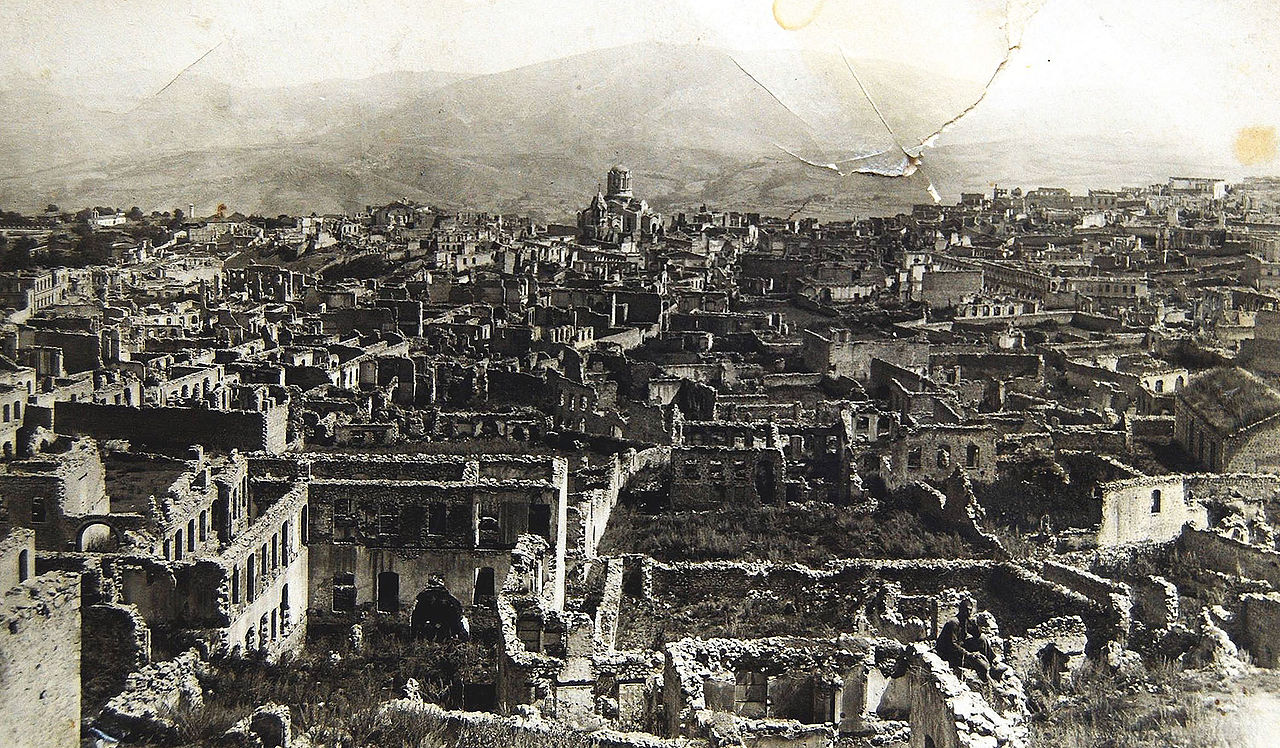
The history of murders committed against Armenians is a very long one. A few years after the Armenian genocide perpetrated in 1915 by the collapsing Ottoman Empire, the extermination of Armenians in Baku took place, as described in Stefan Żeromski’s novel First Spring. Also, in March 1920, the Azeris murdered 20,000 Armenian inhabitants of Shushi, the historical heart of Nagorno-Karabakh. Those who were not killed saved themselves by fleeing, as a result of which the Armenians, who had dominated that city, vanished from it completely for the next 72 years.
In February 1988, in response to the demands of Armenians in Nagorno-Karabakh for that then autonomous region to be attached to the Armenian Soviet Republic, the Azeris carried out the first of a new series of pogroms, murdering around 200 Armenians in Sumgait. This event is regarded as the direct cause of the start of armed struggle by the Armenians of Karabakh against the Azeris. Later came the massacres in Ganja, Baku and Maraga, as well as the joint Soviet–Azerbaijani Operation Ring, which aimed to expel all Armenians from Karabakh. The goal that was not achieved then, because of the intervening collapse of the USSR, has been accomplished now.
THE AX MURDER OF A SLEEPING MAN
In carrying out their crimes, Azeris would frequently behead their victims (often while they were still alive). Such cases occurred, for example, during the 2020 war. Moreover, in February 2004, during exercises organized by NATO in Hungary under the Partnership for Peace program, an Azerbaijani lieutenant who was taking part, Ramil Safarov, used an ax to murder the Armenian officer Gurgen Margaryan – at night, while the victim was sleeping. The only motive for the crime was the fact that the victim was an Armenian. Safarov was sentenced to life imprisonment by a Hungarian court, but in 2012 he was extradited to Azerbaijan, where he was to continue serving his sentence. Instead he was greeted at the airport as a hero, and was later praised by the authorities multiple times for his “heroic” act of patriotism: killing a sleeping man with an ax.
To call the Artsakh Armenians “separatists” and to compare them to other unrecognized mini-states established on former Soviet territory is absurd. And to speak of the “return” of Artsakh to Azerbaijan is an even greater mark of ignorance of history. The land was never before part of an independent state called Azerbaijan, nor were its inhabitants (or their ancestors) ever citizens of such a state. They did not settle there through migratory movements, but have lived there since antiquity. This is confirmed by the Armenians’ rich material culture and the almost complete lack of corresponding Azeri culture.
The oldest monuments include the ruins of Tigranakert, one of the capitals founded by Tigranes the Great in the first century BC. Scattered across the whole area are khachkars – the stone crosses that Armenians erect everywhere they live. They originate from various eras. Now, however, we can practically say “originated,” because in the areas that the Azeris have already taken over such crosses have been removed, and Armenian cemeteries and monasteries face a similar fate.
There are countless numbers of these in Artsakh. The most important include Dadivank, Gandzasar and Amaras. The last of these dates from the fourth century, although it was restored in its current form in the nineteenth, following destruction wrought by the invasions of the Mongols in the thirteenth century, Tamerlane in the fourteenth, and the Turks in the sixteenth. Medieval sources say that the monastery was founded by St. Gregory the Illuminator himself, the man who caused Armenia to become the world’s first state to adopt Christianity, in the year 301. It also contains the grave of St. Grigoris (the grandson of Gregory the Illuminator). However, it is especially notable for being the home of Mesrop Mashtots, the scholarly monk who created the Armenian alphabet there.
The monastery in Gandzasar dates from the thirteenth century, although there are records of Armenian monks living in that place as early as the tenth century. It was founded by the Armenian ruler of the principality of Khachen, Hasan-Jalal Dawla. This was one of five Armenian vassal states created in medieval Artsakh (covering not only the area of the later Nagorno-Karabakh, but also some neighboring regions), and its capital was Shushi.
These states were initially dependent on the Bagratid Armenian kingdom, but after its fall in the eleventh century they came under various rulers, and in the sixteenth century became a Persian fiefdom. From its founding, Gandzasar served as the center of Armenian Christianity in Artsakh. Dadivank, in turn, was the burial place of the princes of Khachen. According to Armenian tradition it was founded by St. Dadi, a pupil of St. Thaddeus the Apostle who is said to have Christianized the region in the first century. The monastery is first mentioned in the ninth century, and its present structure dates from the thirteenth.
These buildings are no longer inhabited by Armenian monks. Dadivank is within the area taken over by Azerbaijan in 2020, when the monks remaining there were to be protected by the Russian peacekeepers.
In September, however, all Armenians in holy orders in Artsakh were told by the Russians that their safety could not be guaranteed, and that the Russians would not react if the Azeris attempted to abduct any of them. One of the last to be evacuated to Armenia was Father Hovhannes, who declared in 2020 that he would defend the Dadivank monastery (of which he was the prior) to the very end, with the Bible in one hand and a gun in the other. The Azeris carried out a drone attack on his house, close to the monastery, seriously injuring him.
It is estimated that there are more than 4,000 Armenian historical monuments in Artsakh, of which 370 are churches. In 2020 the Azeris took control of 1,450 monuments, including 161 churches. Their fate is not known, since foreigners (not to mention Armenians) are not allowed to enter these sites.
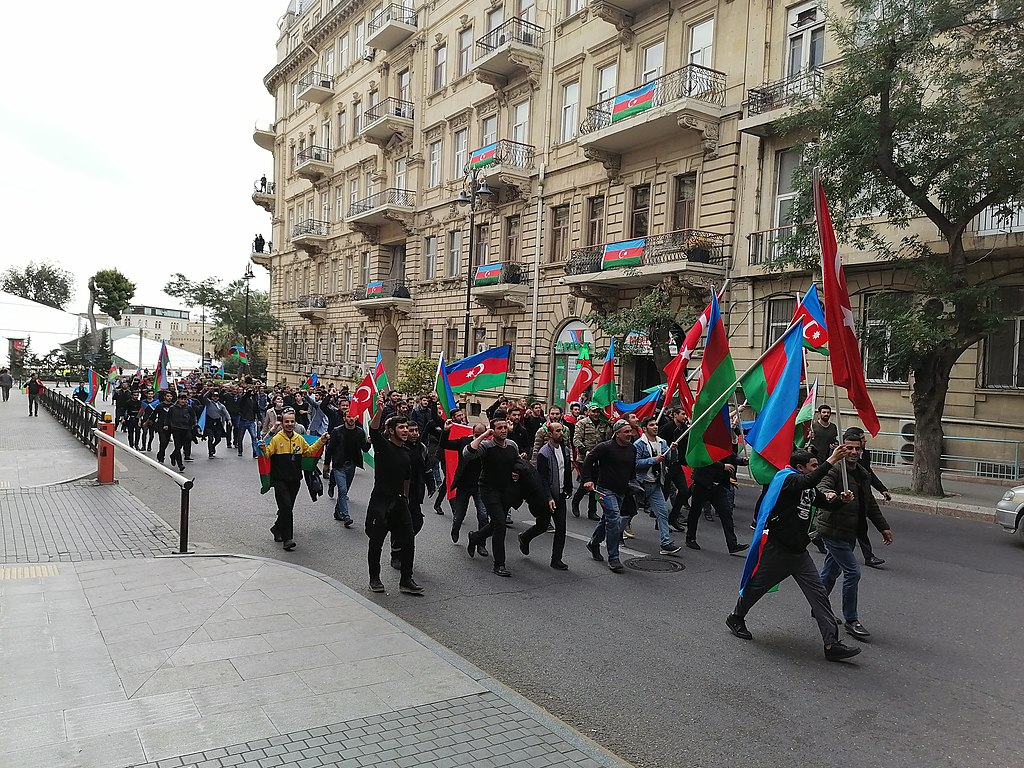
DEPRIVING MINORITIES OF THEIR IDENTITY
Azerbaijan claims to be “multi-ethnic and multi-denominational,” but the facts tell a completely different story.
The Lezgin and Talysh ethnic minorities complain of oppression and deprivation of their national identities (of course such charges are made by émigrés, since in Azerbaijan itself they would be met with imprisonment), while other ethnic groups are small and of Turkish origin. The Azeris are Shia Muslims, but their fondness for beheading Armenians is of ethnic rather than religious origin, and brutality is a long-standing national tradition. The same applies to the destruction of monasteries and khachkars, which is carried out because of their association with Armenians.
For this reason, in the historically Armenian region of Nakhichevan, made part of the Azerbaijani Soviet Republic in 1920 as a result of Turkish–Soviet agreements, not one Armenian remained (even though they made up 40 percent of the population in 1920), and thousands of khachkars – the oldest dating from the ninth century – were destroyed. Most traces of the Armenians were removed too from Western Armenia, which – according to U.S. President Woodrow Wilson’s project – was to become part of an independent Armenia after World War I. However, the brief existence of the First Armenian Republic was ended through an agreement between Bolshevik Russia and Atatürk’s Turkey in 1920, whereby Russia granted Western Armenia to the Turks.
Ilham Aliyev has nevertheless adopted a new strategy, and has begun advancing the historically unfounded theory that the Christian monasteries in Artsakh belong to “Albanian” rather than Armenian culture.
Caucasian Albania existed between the second century BC and the eighth century AD, and its border with Armenia was the Kura river. This flows east of Artsakh, which was then a part of Armenia. Artsakh became an Albanian possession only in the fifth century, and remained so for about 300 years. Albania disappeared from the map long before the Turks arrived in the Caucasus. As a result of Islamization, the Albanians moved to areas inhabited by the Armenians, with whom they mixed. Even in the twentieth century, traces of their heritage were being destroyed by the Turks with the same determination as in the case of Armenian heritage.
Now, however, Aliyev wants to be seen as a tolerant ruler (“president”), and so he has ordered a group of his functionaries to pose as an “Albanian church,” while he shows foreign delegations that there are churches in his country. Most of the time these are locked and empty.
In the areas taken over by Azerbaijan, all non-religious traces of the Armenian people are removed, including all Armenian inscriptions. The khachkars and most monasteries will also share the fate of those that have been destroyed in Nakhichevan. Some key sites such as Dadivank, Gandzasar and Amaras might survive, but they will no doubt first undergo major “renovation” where Armenian traces will be removed (so in fact they will be thoroughly desecrated), then to be handed over to the non-existent “Albanian church.”
There is no doubt that the Armenians’ exodus from Artsakh, after living there for more than two millennia, is an act of ethnic cleansing perpetrated by Azerbaijan, and the fact that they are leaving “voluntarily” does not change that.
However, the designs of Azerbaijan, Turkey and Russia against Armenia will not end there, and it is highly unlikely that Armenia’s relations with Turkey and Azerbaijan will normalize in the near future, since those countries are attempting to force Armenia to allow an extraterritorial corridor through Syunik.
Russia supports this, and would be responsible for “securing” the corridor. This would mean a de facto Russian–Turkish occupation of Syunik, resulting in the loss of Armenia’s independence, as it would thus be cut off from its border with Iran. Armenia’s prime minister Nikol Pashinyan does not accept this, and is attempting to re-orientate his country toward the West. For this reason, the Russians want to overthrow him. The anger of the refugees from Artsakh is meant to aid those plans.
This article was first published in Polish in the Do Rzeczy weekly in October 2023.
